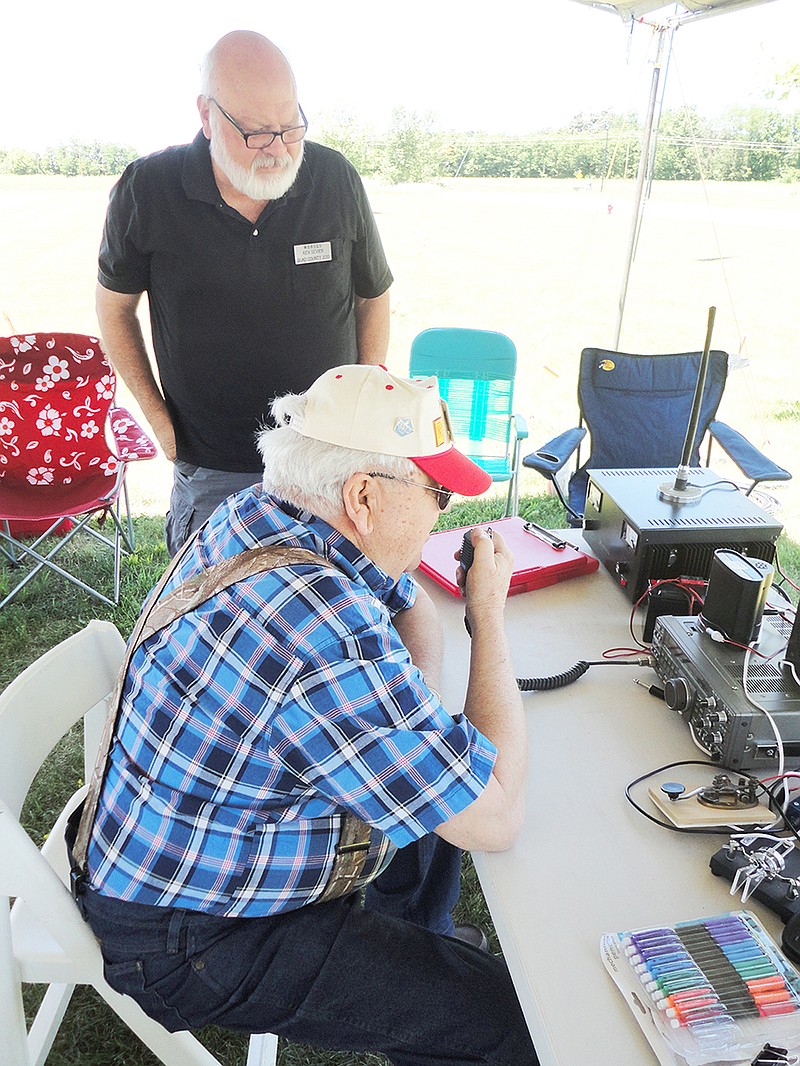Members of the Callaway Amateur Radio League and the Callaway Emergency Communications Inc. participated in the national Amateur Radio Field Day exercise last weekend.
The event was at the parking lot of the Missouri Fire Fighter Memorial in Kingdom City.
Since 1933, ham radio operators across North America have established temporary ham radio stations in public locations during Field Day to showcase the science and skill of amateur radio.
For 100 years, amateur radio or ham radio has allowed people from all walks of life to experiment with electronics and communications techniques, as well as provide a free public service to their communities during a disaster, all without needing a cellphone or the internet. Field Day demonstrates ham radio's ability to work reliably under any conditions from almost any location and create an independent communications network.
More than 35,000 people from thousands of locations participated in Field Day in 2016, including 16 CARL members and four non-member ham operators.
"It's easy for anyone to pick up a computer or smartphone, connect to the internet and communicate, with no knowledge of how the devices function or connect to each other," said Sean Kutzko of the American Radio Relay League, the national association for amateur radio. "But if there's an interruption of service or you're out of range of a cell tower, you have no way to communicate. Ham radio functions completely independent of the internet or cell phone infrastructure, can interface with tablets or smartphones, and can be set up almost anywhere in minutes. That's the beauty of Amateur Radio during a communications outage."
Ham radio operators can literally throw a wire in a tree for an antenna, connect it to a battery-powered transmitter and communicate halfway around the world, Kutzko added.
"Hams do this by using a layer of Earth's atmosphere as a sort of mirror for radio waves," he said.
During the 24-hour event, the group made more than 222 contacts, including operators as far away as Hawaii, CARL member David
Mueller said.
In today' electronic do-it-yourself environment, ham radio remains one of the best ways for people to learn about electronics, physics, meteorology and numerous other scientific disciplines, and is a huge asset to any community during disasters if the standard communication infrastructure goes down.
Anyone may become a licensed amateur radio operator. There are 725,000 licensed hams in the United States, as young as five and as old as 100. And with clubs such as Callaway Amateur Radio League and Callaway Emergency Communications, it's easy for anybody to get involved right here in Callaway County.
For more information, contact Mueller at 573-826-0005 or visit www.arrl.org/what-is-ham-radio.

